Warning: strlen() expects parameter 1 to be string, array given in /home2/orbman69/public_html/wp-includes/functions.php on line 262
(Last Updated On: )
Written By: Jeff Behnke
Posted: 5/20/2011
30 years ago on December 27th, 1980, a few USAF service patrolmen reported seeing unusual lights in the sky around Rendlesham Forest in Woodbridge, England. Believing the lights were coming from an aircraft that had crashed, they sought permission to go out and investigate. USAF Airman John Burroughs, USAF Airman Ed Cabansag, and USAF Staff Sergeant James Penniston entered the area, only to discover a strange triangular craft that was metallic in appearance, approximately two to three meters in length that illuminated the area in white light. It had a pulsing red light on top and a set of blue lights running along the bottom.
Upon spotting the object, it flew away, sending the animals in the neighboring area into a frenzy. The following day, three depressions were spotted measuring 1 ½ inches deep and 7” in diameter where it had been seen sitting on the ground. Although John Burroughs does not remember the craft nor can he properly remember what happened that night, James Penniston has recently come forward claiming to have touched the craft. Even more intriguing, a little while after the incident, he claims to have written down a stream of binary digits in an old journal that wouldn’t leave his head which was keeping him up at night. Out of curiousity, he decided at the end of 2010 to finally have it analyzed after 30 years. The stream that he wrote in his journal at the time is as follows:
0100010101011000010100000100110001001111010100100100000101010100010010010100
1111010011100100111101000111010010000101010101001101010000010100111001001001
0101010001011001001101100110110011011001110000011000100110000001100000011010
1001100100011000000111001001101000011001000110101001100110011001001001110001
1000100110011001100010011001100110001001100100011011000111001010101110100001
1010011110100111001010100010010010010100111001010101010011110101010101010011
0101000110010011110101001001010000010011000100000101001110010001010101010001
0000010101001001011001010000010100010001010110010000010100111000011100100010
0100001101000110010011101010101010101001001010100010010000100001101001111010
0111101000100010010010100111001000001010101000100010101000011010011110100111
0010101000100100101001110010101010100111101010100010101010101000101010011100
10000110110001010101000001010010010000100100010101000110010011110101001001000101
When it was brought to the public’s attention, some effort was made to translate the stream of digits and determine whether or not they contained some type of message. Linda Moulton Howe reported the decoding of the text on her own website, asking for further independent analysis of what was believed to be written in 8-bit ASCII:
EXPLORATION OF HUMANITY [unclear] 8100
52.0942532 N 1.3131269 W CONTINUOUS
FOR PLANETARY ADVANC(E)
FOURTH COO(R)DINATE CONTINUOUS(?) BEFORE
A lot of criticism came out at the time stating that 8-bit ASCII was not around in 1980, so it seemed to be nothing more than a hoax written at some later date. When I heard this, curiosity took hold of me, so I decided to look in to this a little bit more myself.
ASCII stands for “American Standard Code for Information Interchange” and is an encoding scheme developed initially between 1960 up through 1967, which was updated yet again in 1986, promoted at the start as a 7-bit teleprinter code by Bell data services. Initially consisting of 128 characters representable using 7-bits per character, it was later expanded to 256 characters, or 8-bits per character.
Since electric circuits can have an ’on/off’ state like a light switch, you can send textual values down a wire as an encoded sequence of on/off states and recover a message on the receiving end as long as there is an ’agreement’ between the two parties as to what a sequence of on/off signals mean. The purpose of ASCII was to provide just that, as the older 5-bit Baudot codes used in telegraph systems did not provide enough characters for modern uses, and since there were numerous coding schemes, standardizing the meaning of the binary digits had tremendous value when various telecommunications systems attempted to hook up with one another.
The number of bits (0 or 1) in an encoding scheme ultimately determines how many different characters can be represented. For instance, 7-bit allowed for 128 unique values, whereas 8-bit allowed for 256 unique values. Both 7-bit and 8-bit ASCII share the same numeric values for the letters and numbers, with 8-bit allowing for another 128 extended characters. This has now been extrapolated further in new encoding systems to increase the amount of characters representable by computers, all the while maintaining the same base-level english characters and numbers for interoperability and backwards compatibility. Otherwise, older files would be unreadable, and there was little reason to kill them all by changing the base characters to some other numeric value. As such, the characters became ’extended’ with higher and higher amounts of bits required for the representation of additional characters in additional languages.
THE 8-BIT 6502 MICROPROCESSOR
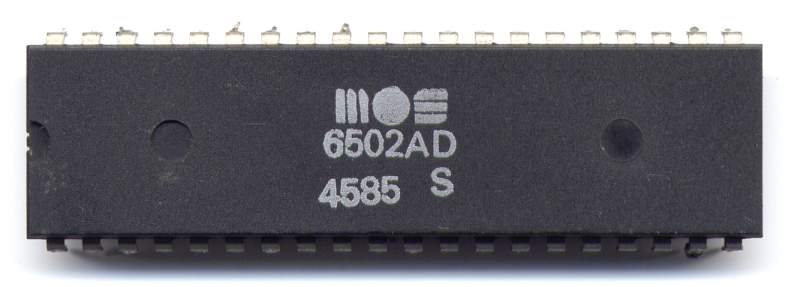
In 1975, five years PRIOR to the Rendlesham Forest incident, the 6502 MOS microprocessor was created as an 8-bit CPU that helped spark the home computer revolution in the 1980s by providing a way to create home-brew systems, and it could easily handle the first 128 characters of 7-bit ASCII simply by recording a ’0’ in the first bit for every character. The Commodore 64 that was released in 1982, for instance, utilized ASCII in the 6510 microprocessor, which was the SAME as the older 8-bit 6502 microprocessor from 1975, albeit with an additional 6-bit I/O port on the chip itself. Other 6502 based computers that were mass-produced in the 80s included the Apple I, Apple II, Commodore PET, Atari 2600, and Nintendo Entertainment System (NES). Needless to say, it had a very long life and a continuing fan-base that extends up to the present day, mostly through emulators.
The ’handling’ of ASCII characters on the 6502 from 1975 was done primarily by the operating system and did not rely exclusively upon the hardware. There was nothing inside of an 8-bit CPU which ’pinned’ you to even having to use ASCII. The CPU doesn’t care what the bits mean for the most part. If 7-bit ASCII was being utilized on an 8-bit machine, the only difference would be that an additional ’0’ would be sent down for each character in the sequence itself. 65 = A, 66 = B, 67 = C in BOTH 7-bit and 8-bit ASCII encodings. The other additional 128 characters which became known as ’extended ASCII’ were utilized on the Commodore 64, for instance, just to give subsequent programs its own personality with an additional set of display shapes for the monitor.
The criticism concerning 7-bit to 8-bit ASCII encoding schemes therefore doesn’t appear to be very valid. 1980 was a year in which we had numerous 8-bit processors, and the ASCII encoding itself had been around since the 1960s.
Which brings us to the telepathically received binary sequence itself. Since 8-bit ASCII was one of the more common ways to represent textually based messages in numerous CPUs at the time the sequence was recorded in Penniston’s journal, it makes sense to attempt to decode the signal by just running it through an 8-bit ASCII translator to see what message comes out. This is the result:
EXPLORATIONOGHUMANITY6l~~~~~~~~~~~~~q~~~~~~~~~(substitute)zr~INUOUSQ~~~(device control 3)(data link escape)S~U(data link escape)T~PQ(negative acknowledge)~S~”CFN~~*$!~~~$~(space)~”~~~*$~*~~*~~~lU(enquiry)$$Td~$P
THE ~ symbol used here basically signifies that it is either a non-printable or non ASCII based english character or printable number. Skeptics may argue against the translation provided by Howe on her website simply because the raw stream basically appears MOSTLY as a mess. Further analysis, however, would say otherwise. It is quite common, for instance, that a ’bit’ may accidentally be dropped OUT of a signal, or switched from a 0 to a 1 inadvertently. This provides a mass-breeding ground for error. If, for instance, a single bit is missing in the beginning of the stream that you were not expecting, then all subsequent characters will be incorrect upon translation as well. Since the streams starts off as containing what looks to be a valid message and then digresses into chaos, it is easy to see how a bit or multiple bits may be missing somewhere. If we were to just take the message as it is currently written, we can already see an incorrect—or seemingly incorrect—bit being thrown at the beginning with the ’G’ instead of an ’F’:
F: 01000110
G: 01000111
Since a single bit is already incorrect here in something that starts off as a valid and meaningful message, we can assume that there well be other errors as well. So what would happen if we try to correct them?
THE BITSTREAM ANALYZER
In order to do so, I wrote a small application that basically makes the following assumption: missing bits are more important to find than incorrectly assigned bits. So, if you ’fill in’ the missing bits of a character with an incorrect ’filler’ value, it doesn’t matter–at least you will have saved the rest of the entire message that can be confirmed later by the context of the surrounding string values. Besides, if you were to simply go in and switch any bits on and off, you would basically be assuming that there is NO message in the stream and you could pull out the beginning of the Epic of Gilgamesh if you wanted. The objective is to find someone ELSE’S meaning, and not explore your own subconscious by reading a signal in your own twisted way.
After writing the application, I was left with not one stream but eight distinct streams, all of which I deduced contained a ’portion’ of the intended message. I figured that I could find the meaning of the stream simply through the concept of ’surrounding context’ and piece the overall message back together with some sort of virtual tape. Here are the 8 streams as they presented themselves:
 [Click here to see alternative 7-bit chart][1]
[Click here to see alternative 7-bit chart][1]
As you can see, there are eight columns with the default column from the ’actual’ written stream on the far left. With each subsequent column, a ’shift’ has occurred which specifies a ’0’ bit has been added to the stream in order to obtain the rest of the column values. Column 0 adds no bits. Column 1 adds 1 bit, column 2 adds two bits, column 3 adds three bits, etcetera.
The highlighted message indicates the ’interpretation’ of the stream. Yes, the interpretation could be an unintended message, but the highlighted values indicate that ’this is the message received as a result of our best efforts.’ Feel free to create crosswords of your own to see if you can find any other potential message.
When the highlighted message moves from one column to the next, that shifted location specifies that a missing bit has been discovered which would have otherwise ’choked’ the rest of the following stream into a garbled mess. Since missing bits could be anywhere, it is reasonable to say that with every single subsequent row, you can jump back and forth between columns to decide what the next character could be. The longer you stay within a single column, the more assurance you should have that the message received at that location was received as intended. As such, there are a couple of locations where no character makes any sense, and a few locations in which you can inject more than one possible meaning. As an example, ’FOURTH COORDINATE’ could actually be ’EARTH COORDINATE’ as ’E’ and ’F’ are extremely close to having the same value. In addition, near the bottom of the chart, Howe’s group has determined that the signal stated ’CONTINUOUS(?) BEFORE’ , but according to my own analysis, the message could also say ’CONTINUE SEQUENCE BEFORE’.
Another interesting aspect to the message is that the numeric values which have been interpreted by Howe’s team as GPS coordinates are ’textual’ in nature—meaning those numbers would be designated as they are in binary form more so for the purposes of printing them out to a ’report’ as opposed to numbers utilized in memory for calculations. ’1’ as understood in ASCII has a value of ’49’. If the number ’1’ were pulled out of RAM and was meant to be used in actual computer addition, it would have been represented as ’00000001’ and NOT as ’00110001’. I don’t find this detrimental to the value of the message, however, because it enhances the meaning—the binary signal was more likely a piece of a log-based report meant for being sent to a printer, monitor, or something similar. Feel free to use your imagination here, since it supposedly originated from a UFO.
Furthermore, using 7-bit ASCII values in the raw stream provided the exact same message, albeit more ’skewed’. It said the same thing, but you had to read the message more diagonally, meaning to me that the hardware was less correct for the stream. The more ’vertical’ the message, the more inclined one is to believe that it was a) the intended hardware, b) the intended encoding, and c) the intended message. Going back and changing the encoding to Baudot from old telegraph systems or even EBCDIC provided nothing more than complete garbage, regardless of the amount of added bits.
So there you have it. In conclusion, the message seems to have been intended to be run on 8-bit machines using ASCII encoding, both of which were available at the time the message was recorded in Penniston’s journals. The message itself also seems to have been transmitted for the purpose of recording to a log file or printer–to be READ as opposed to being used for further computational operations. In addition, ’FOURTH COORDINATE’ could also have just as easily been ’EARTH COORDINATE’, and ’CONTINUOUS(?) BEFORE’ could just as easily have been ’CONTINUE SEQUENCE BEFORE’. The latter makes more sense in context of the fact that the numeric values are textual in nature. The continuing ’sequence’ was probably the message itself sent to a logging mechanism, which, at a touch, suddenly became Penniston himself.
References
- ^[Click here to see alternative 7-bit chart] (www.paranormalnews.com)
Read more http://www.paranormalnews.com/article.asp?articleid=1466


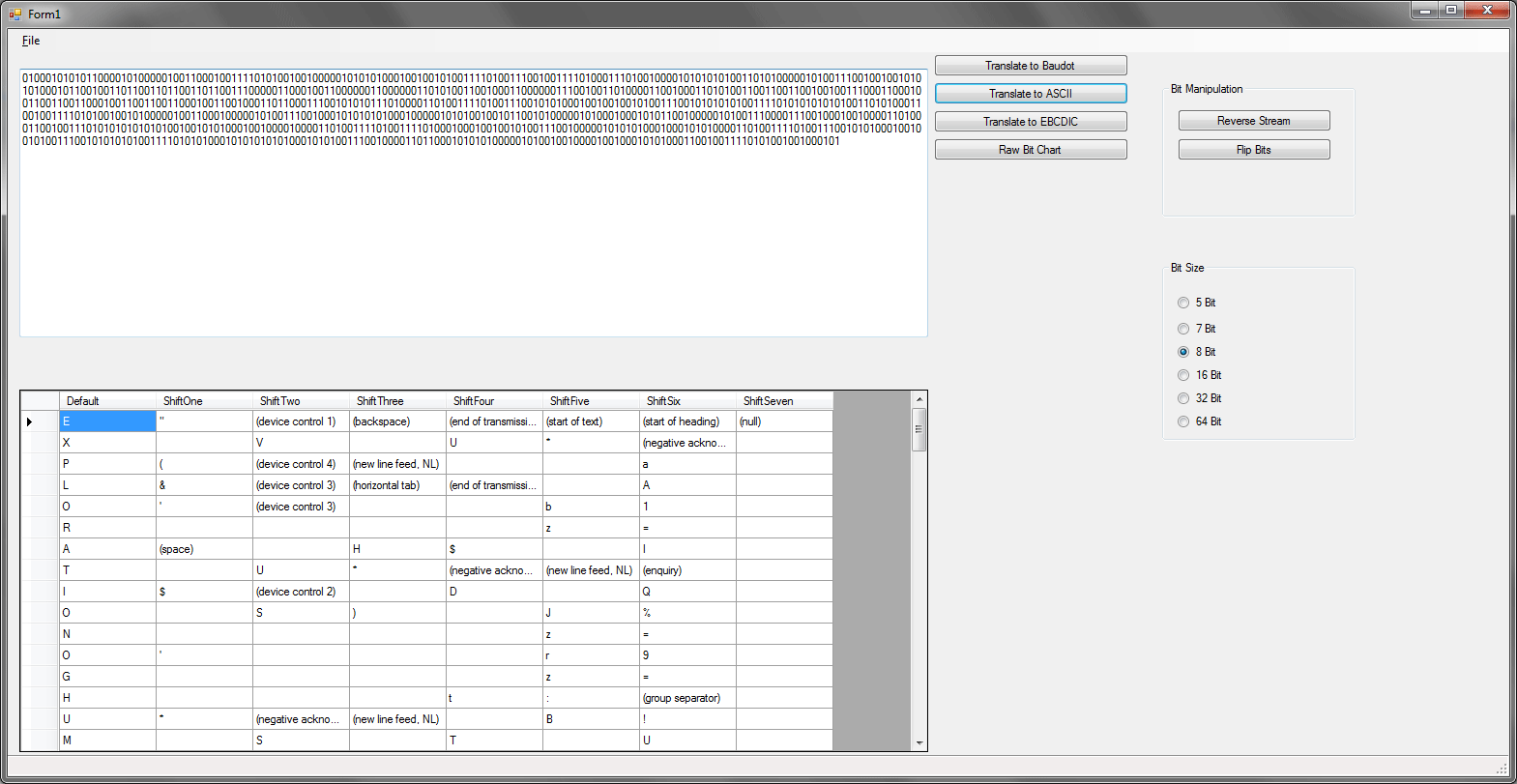
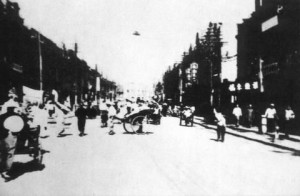
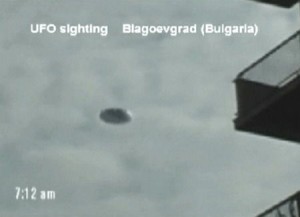
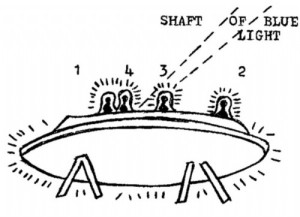
Related Reports
Warning: strlen() expects parameter 1 to be string, array given in /home2/orbman69/public_html/wp-includes/functions.php on line 262
11 min read
1980: The Rendlesham Forest Incident